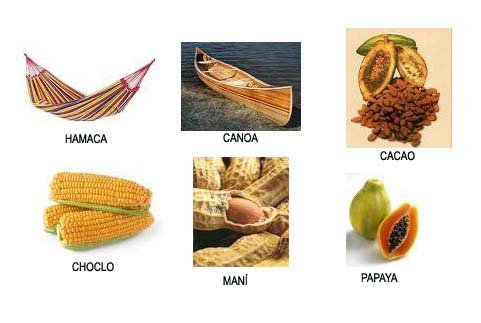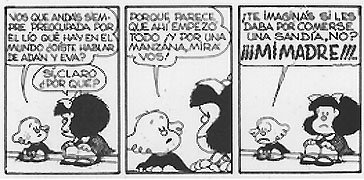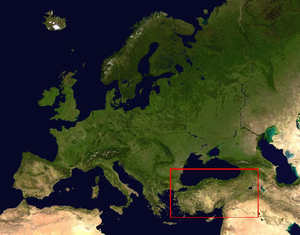Many translators are familiar with the controversy surrounding the horned Moses and his sometimes-amiss translator. Although that translator, commonly known as Saint Jerome, concerned himself with biblical analysis, theological debate, history, correspondence and translation, he earned his place in history mainly through his translations and revisions of the Old and New Testaments of the Bible.
Jerome translated these texts from the original Hebrew into Latin, and was humble enough to admit ignorance when warranted and to revisit parts of his translations when it became apparent that he had made a mistake. Nonetheless, his Latin translation of the Bible was later recognized by the Council of Trent as the official version, and to this day he remains a widely respected and studied biblical translator.
The controversy in question concerns part of the text in Exodus 34. The original Hebrew version can be read idiomatically as stating that Moses had “rays of light” coming from his head when he descended from Mt. Sinai. However, the same word for ray of light also meant “horns” depending on the context. And in what some may consider a classic case of mistranslation, Jerome chose the latter meaning.
The result of his possible mistake was a horned Moses appearing in the official Latin Vulgate translation of the Bible. And as a lesson to students of translation and art alike, Michelangelo secured that image in our collective consciousness by basing his 1515 sculpture of Moses on Jerome’s translation—along with a list of other contemporary and subsequent artists.
More recently, scholars have attempted to justify this transgression by citing the metaphorical relevance of horns to “glorification, strength and authority”, in an attempt to align them with the meaning of light emanating from Moses’s face. Similarly, some artists such as José de Ribera in his 1638 interpretation, have tried to visually combine the light rays and horns to be essentially the same. Students of translation, however, will likely take from this a reminder to always look into the meaning behind the words and their historical context.













